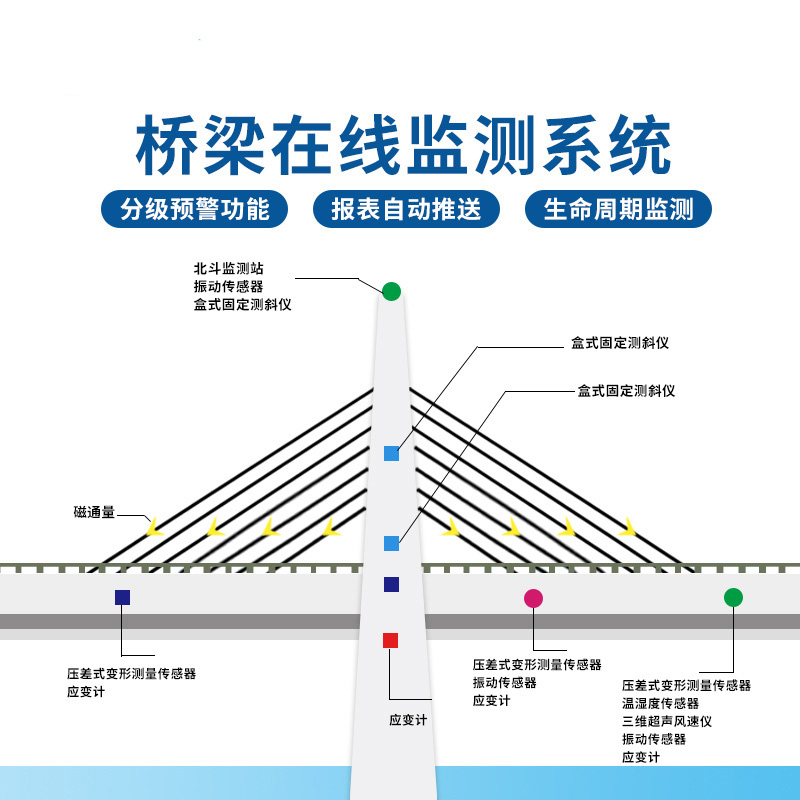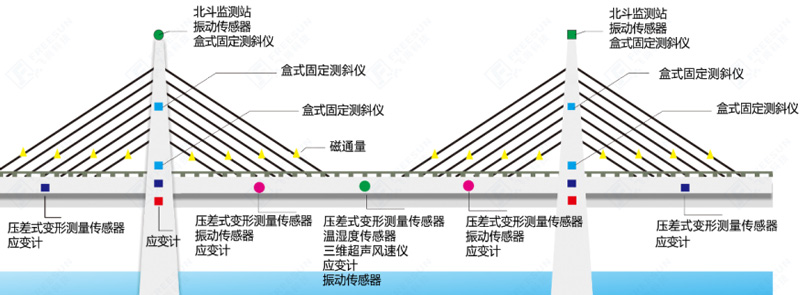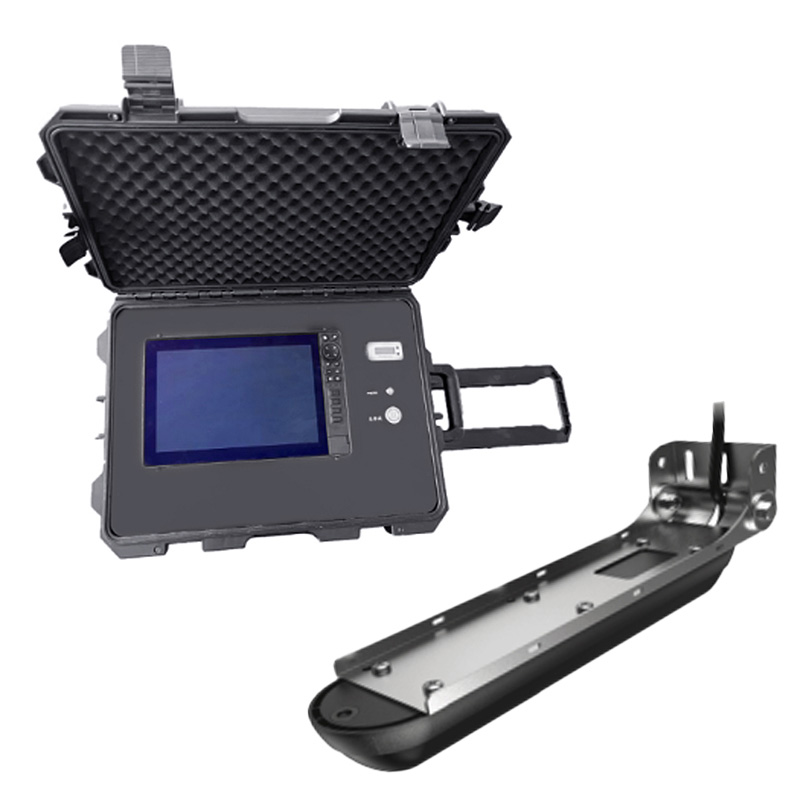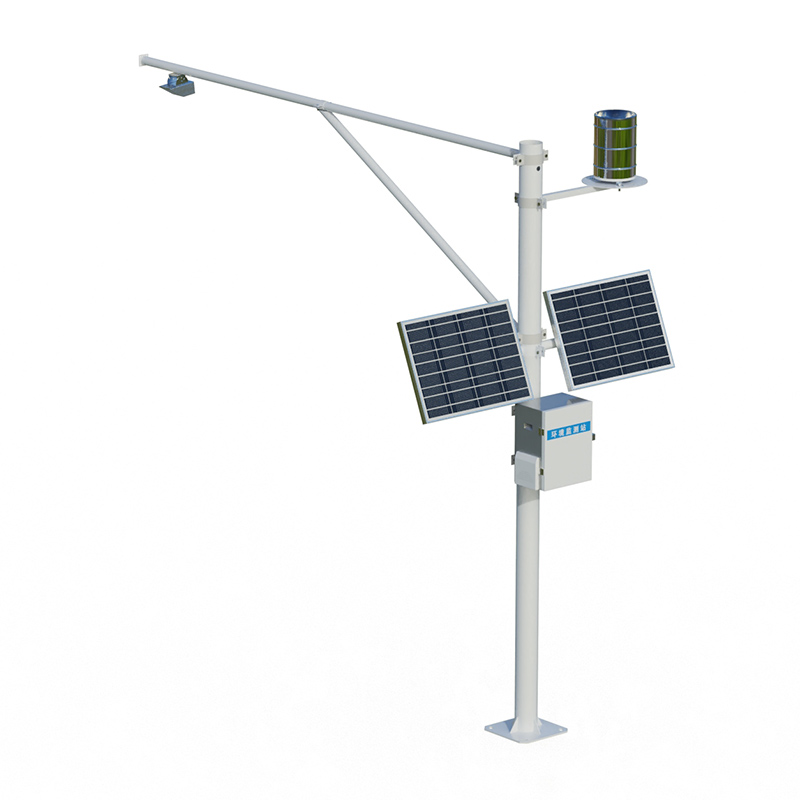Product Center
-
Hydrological equipment monitoring station
-
Water Quality Monitor Sensor
-
Plant protection equipment
-
Food Testing Equipment
- Soil profile moisture meter can measure soil profile moisture, temperature, and electrical conductivity
- Water quality testing manufacturer Fengtu: Offering online water quality analyzers, laboratory instruments and testing solutions
- Locust online monitoring station utilizes light-attracting and sex-attracting technologies to control locusts
- Buoy-based water quality monitoring brands Fengtu
- Integrated wireless meteorological and soil moisture monitoring station Provides an Integrated Soil Moisture, Temperature, and Conductivity Monitoring Solution
- Buoy-based online water quality monitoring equipment Real-time Monitoring of Multiple Water Quality Parameters
Shandong Fengtu IOT Technology Co., Ltd
Sales Manager:Ms. Emily Wang
Tel, Whatsapp:+86 15898932201
Email:info@fengtutec.com
Add:No. 155 Optoelectronic Industry Accelerator, Gaoxin District, Weifang, Shandong, China

Bridge monitoring
Model:FT-QL1
Brand:fengtu
Related products
Product details
1.Bridge monitoring background
Bridge monitoring Precision monitoring of the deformation of the upper structure of the bridge, the elevation of the bridge floor and the change of the alignment.As an important part of transportation, bridges are becoming more and more concerned about their safety, durability and normal use functions with the development of my country's transportation industry. my country is a country with a large number of bridges. According to the latest statistics from the Ministry of Transport, as of the end of 2019, there were about 878,300 highway bridges in my country (excluding municipal bridges). There are many factors that affect bridges, such as human factors, long-term vehicle overloading, material degradation, natural disasters, etc., which lead to various diseases such as reduced bearing capacity and structural damage in existing bridges, and lack of timely management and maintenance. If the damage cannot be detected and repaired in time, it will affect driving safety and shorten the service life of the bridge, or even cause sudden damage and collapse of the bridge. Therefore, it is particularly urgent to establish an intelligent online monitoring system for bridges to detect damage to bridge structures in a timely manner.
2. Overview of Bridge monitoring system
Our company has many years of experience in bridge monitoring. We have established an intelligent, information-based, and automated online bridge monitoring system that can fully grasp the safety status of bridge construction and operation, and play a huge role in bridge construction, daily maintenance, management, and emergency response to emergencies. Based on the cloud computing service center, it can accommodate all bridge monitoring systems in the region, forming a regional bridge health monitoring platform to achieve unified monitoring and management of all bridge structures in the region.
3. Main monitoring contents of Bridge monitoring
1. Geometric linear monitoring: arch rib linear monitoring, main beam deflection monitoring, axis offset measurement;
2. Stress and strain monitoring: beam strain, bridge tower strain, main arch strain, bridge pier strain, etc.;
3. Cable force/tension monitoring: tie rod tension, hanger rod tension, anchor cable stress, etc.;
4. Environmental monitoring: wind speed and direction, temperature and humidity, rainfall, visibility, corrosion
7. Deflection monitoring: tower top deflection, arch foot deflection, vault deflection;
8. Vibration monitoring: beam vibration, arch vibration, bridge tower vibration, suspender (cable) vibration;
9. Load monitoring: dynamic weighing system;
10. Tilt monitoring: bridge tower tilt, bridge pier tilt, beam tilt;
11. Other monitoring: crack monitoring, fatigue monitoring, ship collision, camera.
4. Bridge monitoring diagram

5. List of Bridge monitoring projects
| Monitoring items | Device Name | Monitoring items | Device Name |
| Stress and strain | Strain gauge | Expansion joints | Linear displacement sensor |
| Soli | Magnetic flux sensor/accelerometer/anchor meter | Temperature and humidity | Temperature and humidity sensor |
| Vibration acceleration | Accelerometer | Vehicle load | Dynamic weighing system |
| Deformation displacement | GNSS, box-type fixed inclinometer | Bridge video | Infrared network high speed ball camera |
| Settlement/deflection | Static Level | Wind speed and direction | Wind speed and direction instrument |
| crack | Crack Meter | earthquake | Accelerometer |
6. Bridge monitoring basis
Municipal Bridge Structure Monitoring Technical Standard DB22∕T 5035-2020
Design Specification for Bridge Structural Health Monitoring System DB32∕T 3562-2019
Technical Specifications for Bridge Structure Monitoring Systems DG/TJ 08-2194-2016
Technical Specification for Highway Bridge Structure Safety Monitoring System JT/T 1037-2016
Technical Specifications for Building and Bridge Structure Monitoring GB50982-2014
Structural Health Monitoring System Design Standard CECS-333-2012
7. Bridge monitoring implementation function
1. Full life cycle monitoring: Realize full life cycle monitoring of bridges, including relevant contents during the construction period and the operation period, such as strain, temperature, linearity during the construction period, strain, linearity, vibration, environment, force, etc. during the operation period, perform data storage and analysis, and display GIS+BIM or GIS+4D models comprehensively to understand the status of the bridge throughout its life cycle and provide a decision-making basis for management;
2. Automatic report push: In addition to real-time display of monitoring results, the system will automatically generate corresponding daily reports, which can be downloaded with one click. Once the data exceeds the threshold, it can issue an early warning and notify relevant units to take corresponding measures in a timely manner;
3. Graded warning: Set different warning levels as required. When data is abnormal, the warning information will be automatically triggered according to the settings, including platform push, SMS and email notifications to the corresponding person;
4. Accumulate bridge status data: Provide necessary decision-making basis for long-term operation, maintenance, repair and reinforcement of bridges, and provide basis for safety status assessment of bridges after emergencies. At the same time, AI algorithms are used to predict the structural response and development of bridges in the future.
5. Provide reference basis: verify the design and construction theory and construction technology of the bridge, so as to improve the relevant design and construction technical regulations and ensure the safe use of the bridge.
This paper addresses:https://www.fengtusz.com/Geological-Disaster-Monitor/Bridge-monitoring.html
- Previous Article :Vibrating string collector
- Next Article:Tunnel monitoring
Related article
-
The Significance and Advantages of River Flow Velocity Measurement and Monitoring System
2024-11-12 -
Soil Moisture Monitor: Precision Monitoring for Efficient Agricultural Water Management
2025-07-15 -
Soil Moisture Monitoring Equipment: Early Warning for Agricultural Natural Disasters
2025-02-06 -
Spore Catcher: A Powerful Tool for Monitoring Plant Fungal Diseases
2024-09-18 -
Earth-Rock Dam Safety: Design of Surface Displacement Monitoring System
2025-07-10 -
Soil Moisture Monitor: A Comprehensive System for Soil Moisture Monitoring, Early Warning and Data Management
2025-08-26 -
Advantages of automatic weather stations over manual weather stations
2024-04-18 -
Water monitoring system helps modern water conservancy construction
2024-03-25


 Get a Free Quote
Get a Free Quote






